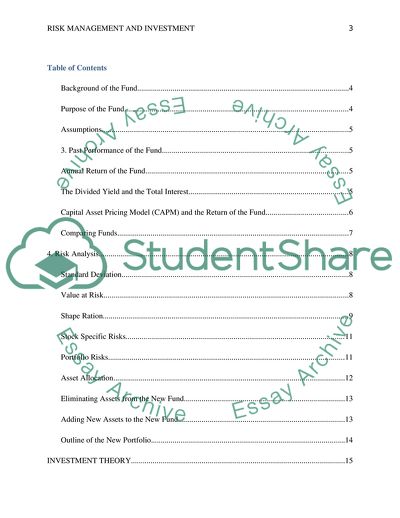Cite this document
(Risk Management and Investment Essay Example | Topics and Well Written Essays - 3750 words, n.d.)
Risk Management and Investment Essay Example | Topics and Well Written Essays - 3750 words. https://studentshare.org/finance-accounting/1822096-risk-management-and-investment
Risk Management and Investment Essay Example | Topics and Well Written Essays - 3750 words. https://studentshare.org/finance-accounting/1822096-risk-management-and-investment
(Risk Management and Investment Essay Example | Topics and Well Written Essays - 3750 Words)
Risk Management and Investment Essay Example | Topics and Well Written Essays - 3750 Words. https://studentshare.org/finance-accounting/1822096-risk-management-and-investment.
Risk Management and Investment Essay Example | Topics and Well Written Essays - 3750 Words. https://studentshare.org/finance-accounting/1822096-risk-management-and-investment.
“Risk Management and Investment Essay Example | Topics and Well Written Essays - 3750 Words”. https://studentshare.org/finance-accounting/1822096-risk-management-and-investment.


